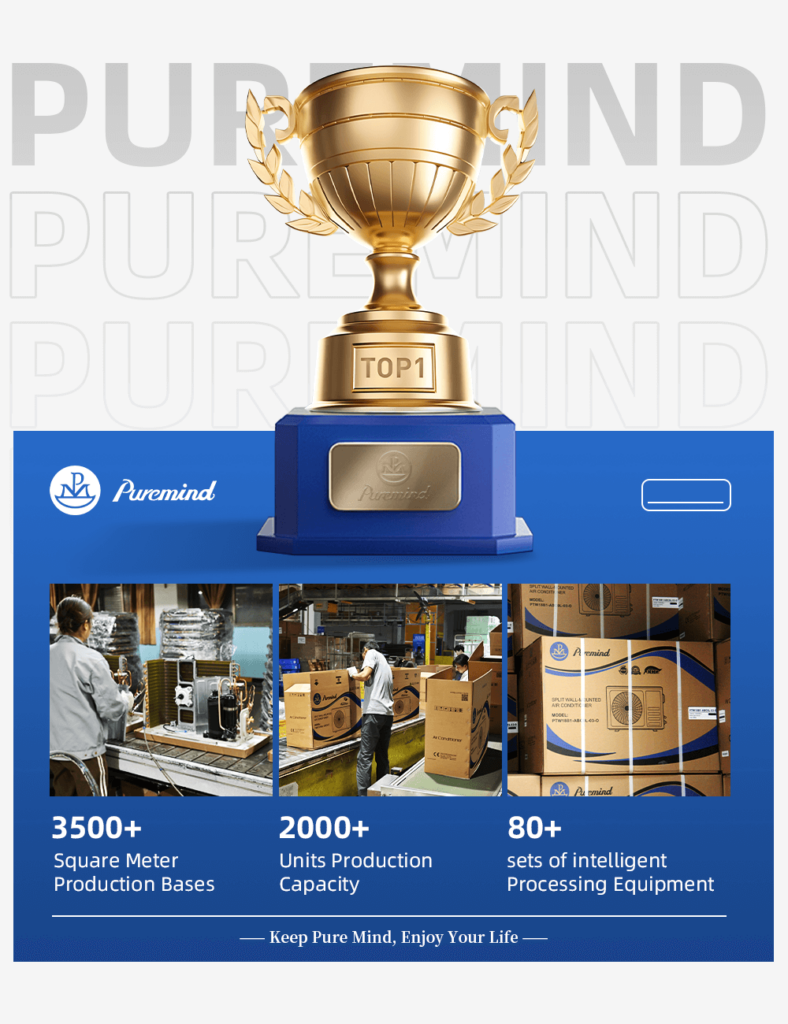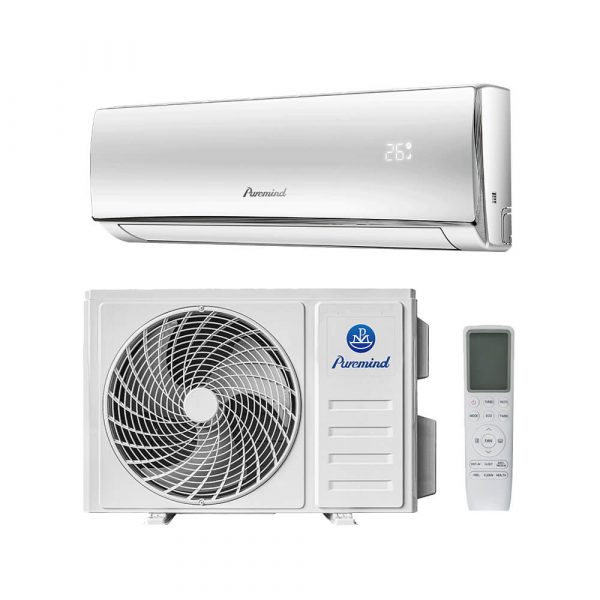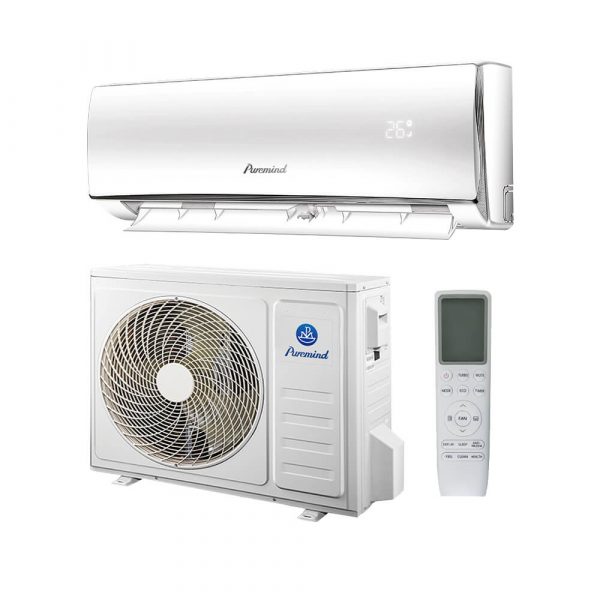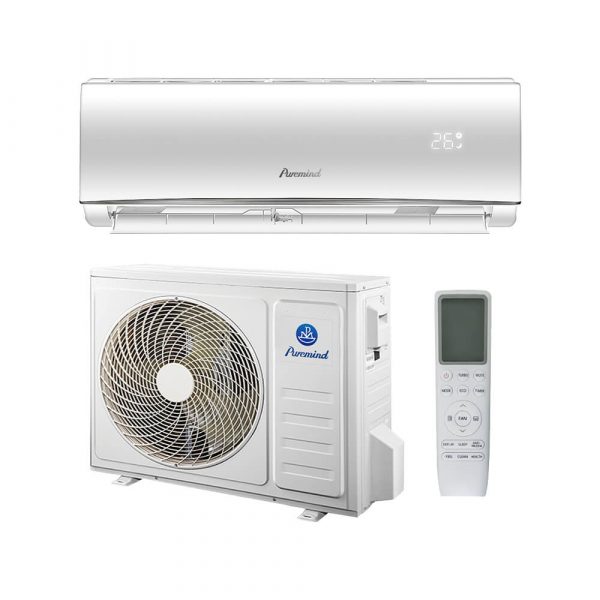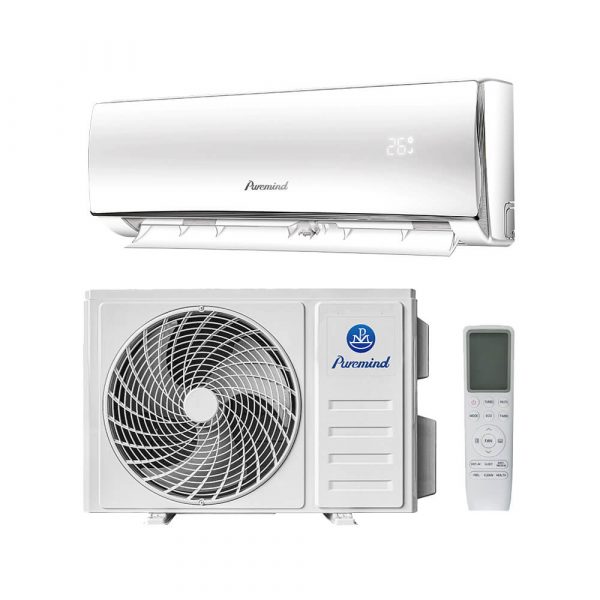Maintenance Guide for Split Air Conditioners: Keep Your System Running Efficiently
Proper maintenance of a split air conditioner is essential for ensuring consistent cooling, energy efficiency, and a longer system lifespan. Whether you own a wall-mounted mini split or a larger multi-zone system, regular upkeep prevents costly repairs and maintains indoor air quality. In this comprehensive guide, we explore why maintenance matters, which tasks you can do yourself, when to call a professional, and how to set a seasonal care schedule.
Why Split AC Maintenance Is Important
Neglecting regular servicing of your split air conditioner can lead to decreased performance, increased electricity bills, and even health risks from mold or dirty filters. Here are the top reasons to maintain your system:
- Maintain optimal cooling and heating performance
- Extend the unit’s operational life (typically 12–20 years)
- Reduce electricity consumption by 10–30%
- Improve indoor air quality and reduce allergens
- Prevent major system failures or refrigerant leaks
Basic Components That Need Maintenance
To understand the maintenance process, it helps to know the key parts of a split air conditioner:
- Indoor unit (evaporator): Distributes cooled or heated air into the room.
- Outdoor unit (condenser): Releases or absorbs heat depending on cooling/heating mode.
- Air filters: Trap dust and pollutants.
- Refrigerant lines: Transfer refrigerant between indoor and outdoor units.
- Drainage system: Removes condensation from the indoor unit.
DIY Maintenance Tasks
Many essential tasks can be done by homeowners with basic tools and precautions:
1. Clean or Replace Air Filters (Every 2–4 Weeks)
Dirty filters reduce airflow, forcing the unit to work harder. Remove the filters, wash them under running water, let them dry, and reinstall. Replace filters if damaged or worn.
2. Wipe the Indoor Unit’s Casing
Use a damp cloth to clean the front panel and vents. Avoid harsh chemicals that may damage the plastic.
3. Inspect the Outdoor Unit
Ensure the area around the outdoor condenser is free from leaves, dust, and obstructions. Keep at least 2 feet of clearance around the unit.
4. Check the Drainage Pipe
Look for water leaks or clogs. A clogged drain can cause water to back up into the unit or drip indoors.
5. Listen for Unusual Noises
Buzzing, grinding, or rattling sounds may indicate internal issues. These should be checked by a technician.
Professional Maintenance Tasks
At least once a year, schedule a professional HVAC technician for a detailed inspection, especially before summer or winter usage. A technician will:
- Check refrigerant levels and pressure
- Clean the evaporator and condenser coils
- Test thermostat and control functions
- Inspect electrical components and capacitors
- Lubricate motors and moving parts
- Perform a full system performance check
Seasonal Maintenance Checklist
Spring (Pre-Cooling Season)
- Deep clean indoor and outdoor units
- Check insulation on refrigerant lines
- Test cooling mode functionality
Summer
- Clean filters every 2–3 weeks
- Ensure clear drainage and airflow
Fall (Pre-Heating Season)
- Switch to heating mode and test operation
- Check remote control batteries
Winter
- Cover outdoor unit (optional in snowy regions)
- Run the system periodically to avoid stagnation
Signs Your Split AC Needs Immediate Attention
- Weak airflow or no cool air
- Unpleasant odors from the indoor unit
- Unusual noises (buzzing, clicking)
- Sudden rise in energy bills
- Water leaks around the unit
Any of these issues may indicate internal damage, refrigerant leakage, or mold buildup—and require immediate professional service.
Energy Efficiency and Maintenance
A well-maintained split air conditioner can maintain its original efficiency rating (SEER or EER) for years. Dirty coils or clogged filters can reduce efficiency by up to 30%, resulting in longer run times and higher costs. Proper maintenance also ensures accurate temperature control and faster cooling.
Cost of Maintenance
Here’s a general overview of potential costs in USD:
- DIY maintenance supplies: $10 – $30/year
- Annual professional servicing: $100 – $200 per system
- Refrigerant refill: $100 – $300 (if needed)
- Part replacements (fans, sensors): $50 – $400 depending on parts
Where to Buy and Learn More
Looking for reliable, low-maintenance split air conditioning systems? Explore Puremind’s full range of split air conditioners—designed for energy efficiency, easy upkeep, and long-term performance. Whether you’re upgrading your system or starting fresh, Puremind offers solutions backed by technical expertise and OEM support.
Conclusion
Consistent maintenance of your split air conditioner is a small investment that pays off in big ways—enhancing comfort, reducing energy costs, and preventing expensive repairs. Whether you’re handling filter cleaning yourself or hiring a technician for annual servicing, staying proactive is the key to a healthy, efficient AC system.
Need help choosing a split AC that’s easy to maintain? Browse Puremind’s collection now and find a model tailored for hassle-free performance and maximum reliability.
